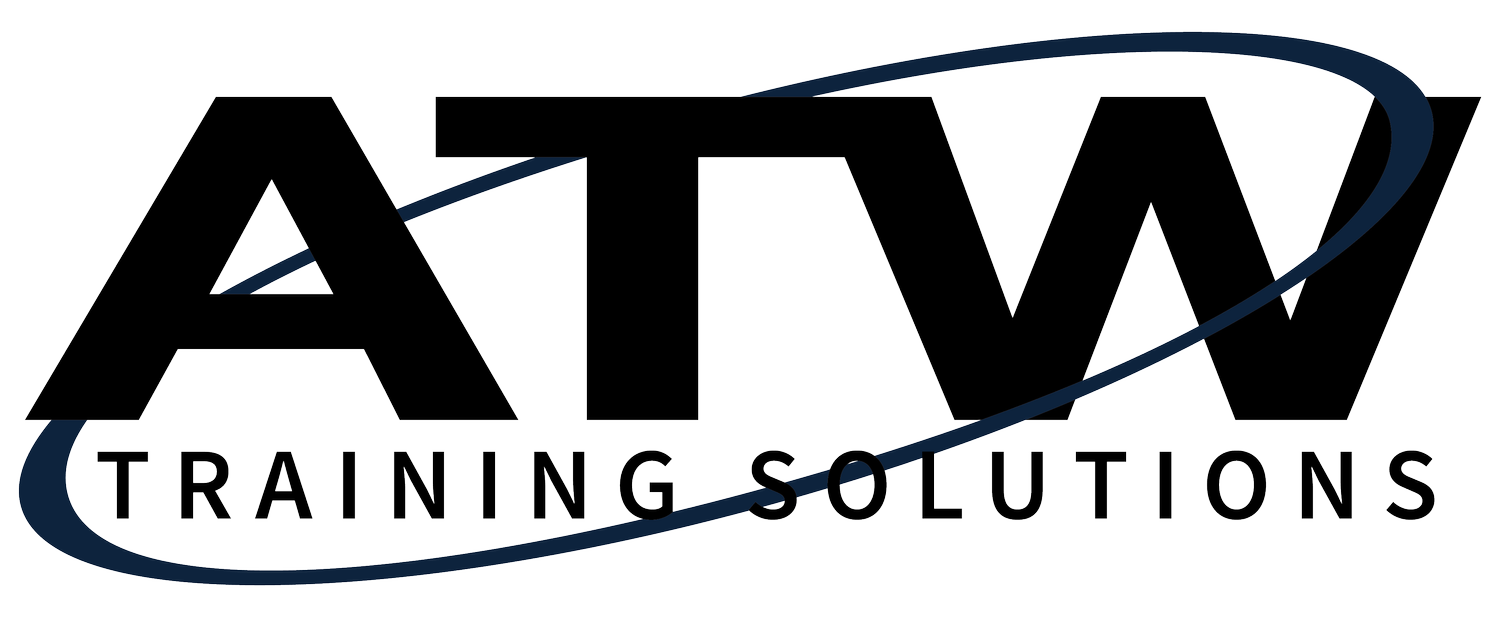Three Leadership Skill Shifts For 2021 and Beyond
By Melissa Daimler for FORBES
2020 has brought us many crises but has also offered leaders numerous learning opportunities. It has demanded an evolution of how we work and what we learn. The shifts in these skills are subtle, but they will better equip leaders to lead, whether it’s remotely from the kitchen table in 2020 or in-person as we navigate toward a more hybrid office environment in 2021.
The three skill shifts are:
Communication to Empathy
Emotional Intelligence to Emotional Agility
Time Management to Context Management
1) Communication to Empathy
Effective communicators and productive leaders are intertwined. When I led learning and development functions at high tech companies, communication was the #1 skill leaders and managers wanted to learn and practice. This year has forced leaders to communicate constructively even without answers. They have had to push beyond their comfort zones; beyond sharing updates, asking questions, and even listening actively. Leaders have been asked to go deeper, and develop empathy. Brené Brown, a professor, and author, says empathy fuels connection: it’s feeling with people, and connecting with a person’s situation.
Humera Shahid, VP of Talent at Intuit said: “It’s showing you care, not just as a manager, but as a person.” She highlighted how managers have had to increasingly connect with their teams this year as they shared stories of family members being sick, the difficulties of homeschooling, and other kinds of loss. Shahid emphasized the importance of making space in 1:1s to not just talk about work updates, but also what’s happening in their personal lives.
As burnout continues to get worse, this skill has become even more important for leaders to practice on a regular basis. Eventbrite’s CHRO, David Hanrahan, said in a recent WSJ article they are encouraging managers to ask employees how they are really doing, and, more importantly, wait for the response. Empathy is being able to make space between your question and someone’s answer.
2) Emotional Intelligence to Emotional Agility:
When Ben Horowitz, a former entrepreneur turned technology investor, was asked what the most challenging skill to learn as a CEO was, he said it was the ability to manage their own psychology, or, as I call it, manage our emotions. I have coached many executives on this skill. We have reviewed situations in which the conversation was charged, and what happens when one individual reacts emotionally vs. responds neutrally. This is emotional intelligence; the ability to be aware of and control your own emotions.
Emotional agility goes beyond awareness and control. Susan David, a renowned psychologist emphasizes that emotionally agile people are not only aware of their feelings, they know how to navigate through them. How do we do this? David emphasizes the need to detach from the situation and be aware of your thoughts. acknowledging that they are just thoughts and emotions. They do not define you. As leaders become more emotionally agile, they will quickly understand not just the intent of their actions, but the impact they want to have. When intent and impact are aligned, communication is clear and emotions are not triggered. And even when they are, leaders can swiftly recognize this and adjust accordingly.
3) Time Management to Context Management:
When it first dawned on us that working remotely would be here to stay for some time, we followed the same pattern the learning industry exhibited in the late ‘90s. We took our design framework from the classroom straight to the computer without attempting to adapt accordingly. Finally, we realized different mediums call for different designs and we needed a more integrated and contextual way of learning. -It was called the “flipped classroom”.
Now we are seeing the same with remote work. We cannot simply transfer how we worked in an office into the home space. Cramming meetings, presentations, and brainstorming sessions into zoom calls simply won’t suffice. The “flipped workplace”, as coined by Allison Baum, is about leveraging what we learned from the flipped classroom and applying those techniques to how we work.
Our context has changed, so we need to manage our time and design our days around how we work, based on what we’re working on and with whom we’re working.
Shahid explains it as “Rewiring people from the default”. When figuring out how to plan our time, we have to be more intentional about how we come together. We need to consider: what kind of work needs to be done synchronously vs. asynchronously; when do we come together for meetings, and who needs to be in the meeting; what is the agenda for those meetings, and what, if any, decisions are we making. Do all of the meetings need to be on video? When we can safely go to the office, what meetings would be better in person?
Designing our days and our cultures for our new hybrid workplace is a skill we all need to keep cultivating. One of the first things I do when working with clients is to review their calendars. A client of mine is the CEO of a start-up who averaged 12 zoom calls a day and wondered why she had no time to think about the strategy for 2021.
Our work is not burning us out, how we’re working is. A little more empathy, emotional agility, and context management will help us end 2020 successfully and set us up powerfully for 2021 and beyond.
